Old-school marketing tactics like direct mail, printed collateral, catalogs and magazines are making a comeback. Smart marketers recognize that we are working in an era where many people feel overloaded by email and digital information. Intelligently leveraging print helps organizations engage their audience in a differentiating way. In addition, paper manufacturers, educators, industry associations, and other professionals continue to conduct powerful research that shows print's tremendous impact on our lives.
While we all like the speed of email and other digital communications for short tidbits of information. But print often provides the best medium for longer-form content and improved retention. According to the Paper and Packaging Board's Annual Back to School Report, 80% of K-12 teachers say their students seem to comprehend information better when they read on paper.
The report also cites research from Dr. Naomi Baron, a professor of linguistics at American University. Dr. Baron conducted a five-year study of college students across four countries to analyze the effects of reading in print or on digital screens. One of the standout statistics is that a whopping 94% of respondents said that print was easiest medium to concentrate on when reading.
Print also has the power to create a deeper personal connection and influence our actions. In 2015, SAPPI Paper published an educational brochure for marketers titled Haptic Brain, Haptic Brand: A Communicator’s Guide to the Neuroscience of Touch. It summarized research done by Dr. David Eagleman, a leading neuroscientist who specializes in haptics and the science of touch.
Dr. Eagleman’s research shows:
- Our brains are built to respond to touch, with more than half the brain devoted to processing sensory experiences
- Our sense of touch influences perceptions, consciously and subconsciously, about people, situations, companies and brands
- Tactile communications, such as a brochure or a piece of direct mail, do have the power to influence buying decisions
Dr. Eagleman goes on to explain the concept of "embodied cognition" and how we understand the world through our bodies. Skin is the largest organ in the human body and its filled with millions of receptors that create our sense of touch. And what we touch drives our thoughts and behaviors. This principle is so powerful that the simple act of touching something—like a paper catalog—can trigger a sense of ownership. And how that catalog makes us feel (the paper, the experience, etc.) can impact our perception of quality.
No one knows this better than, well-known consumer brand IKEA which has taken their catalog to new levels. Using augmented reality, they turn printed pages into an interactive experience for their customers. The theme of this year’s catalog is “The Little Things That Matter” focusing on life in and around the kitchen. Along with the print version, which is quickly snatched up by loyal IKEA customers, the company has a digital version and a catalog app.
How do you plan to use print in 2016? How will you incorporate it with digital channels? And how can you make it stand out to create a long-lasting and powerful message?







